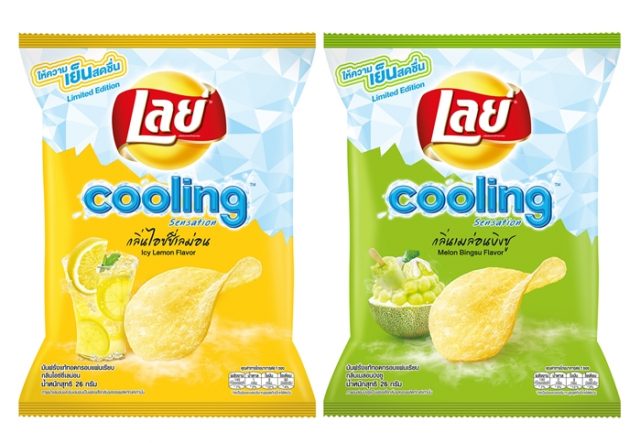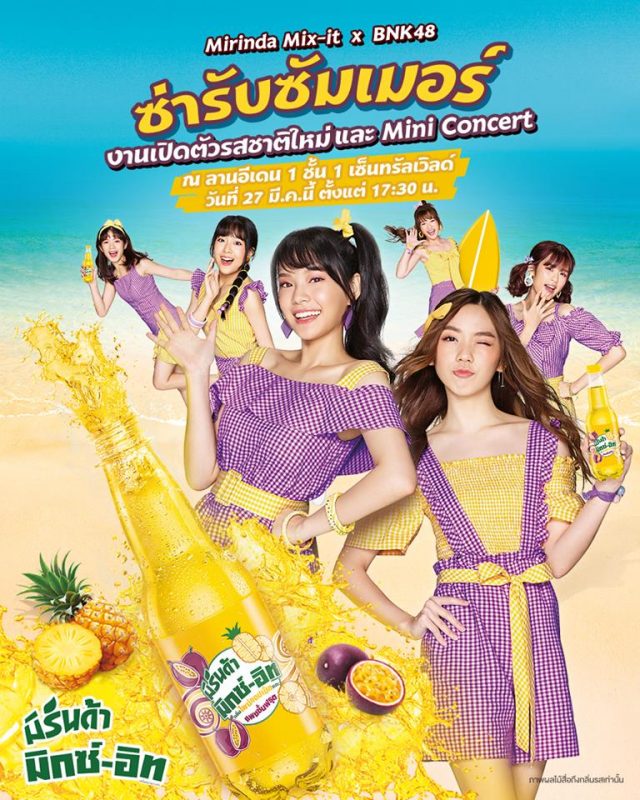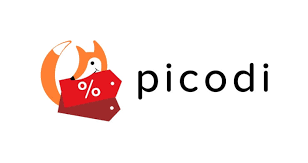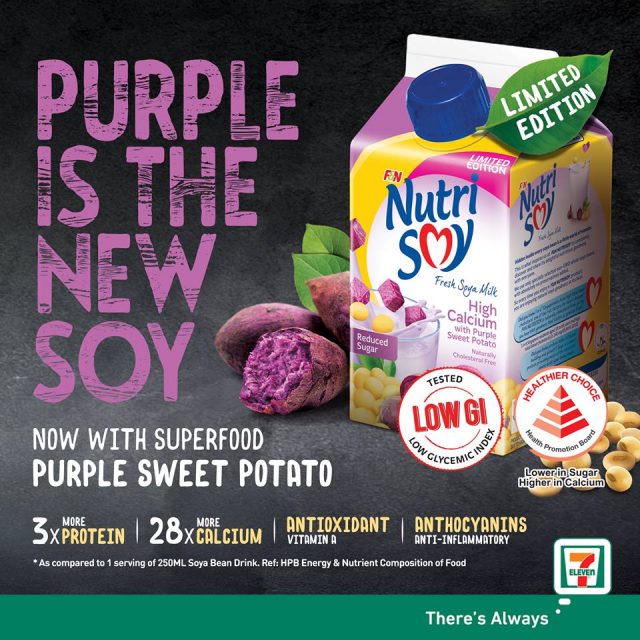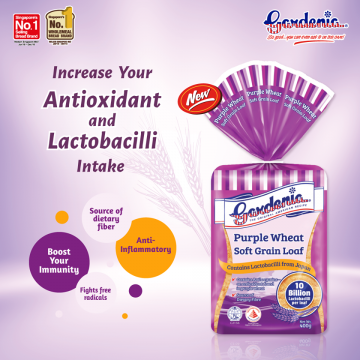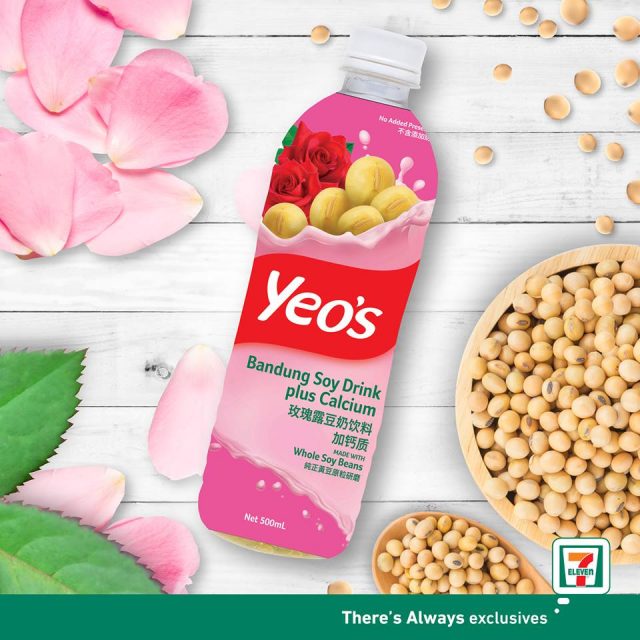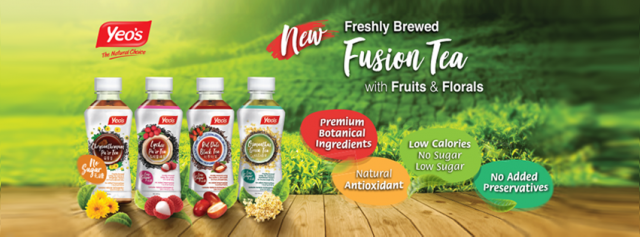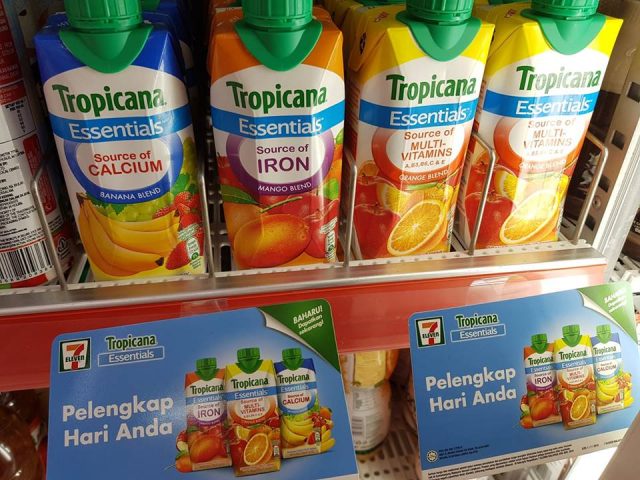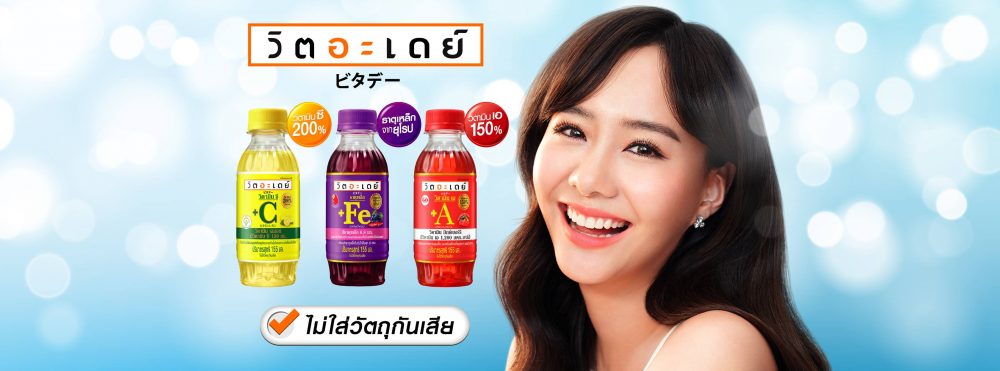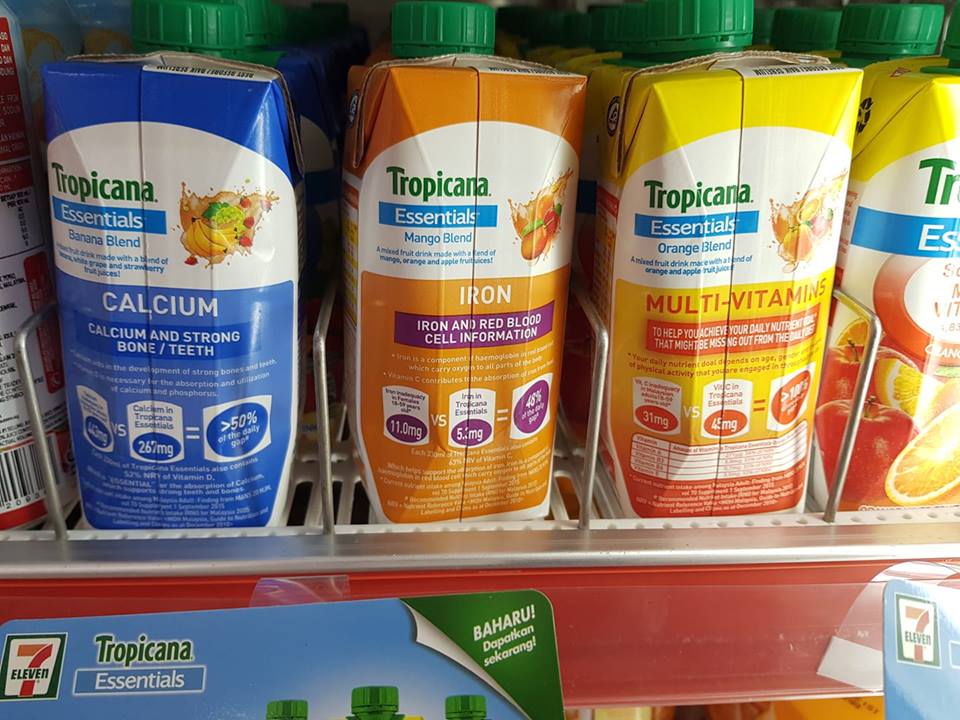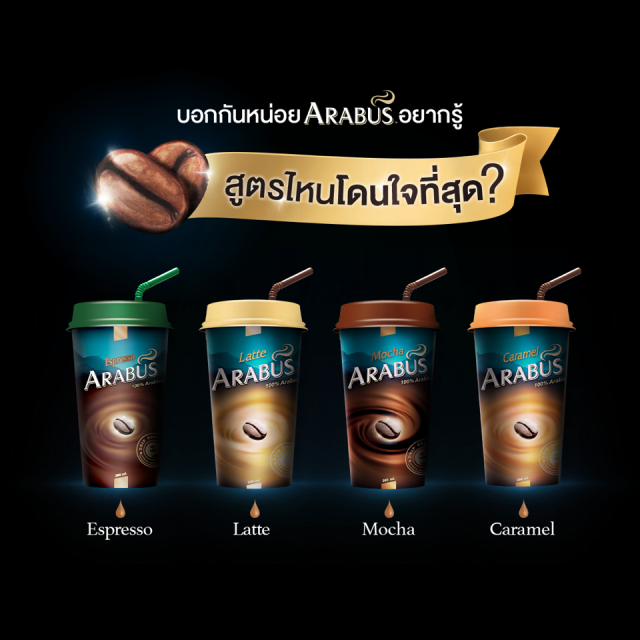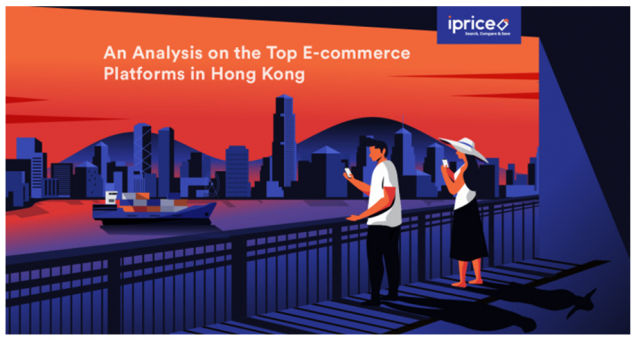A market analysis by iPrice Group
E-commerce
plays a very important role in the economy of Hong Kong (HK). Statista recorded revenue of US$4.8 billion in HK on the
e-commerce sector alone in 2019. The same report states that the revenue is
expected to show an annual growth rate (CAGR 2019-2023) of 7.4%, resulting in a
market volume of US$6.4 billion by 2023. This indicates an incredible potential
in the e-commerce sector in HK for the next four years.
To
find out who are the top e-commerce players in HK, iPrice recently conducted a market
analysis utilising data such
as the average total visits (desktop and mobile web) and mobile application
rankings (both iOS App Store and Google Play Store).
Top 10 E-commerce Platforms in Hong Kong as of Q4 2018
|
Rank
|
Merchant
|
Domain
|
Total Average Visits (Q4
2018)
|
|
1
|
Tmall
|
https://www.tmall.hk/
|
7.9 Million
|
|
2
|
DC Fever
|
https://www.dcfever.com/
|
5.6 Million
|
|
3
|
HKTV Mall
|
https://www.hktvmall.com/
|
4.4 Million
|
|
4
|
Strawberrynet
|
https://strawberrynet.com/
|
2.2 Million
|
|
5
|
Ring HK
|
http://www.ringhk.com/
|
1.9 Million
|
|
6
|
Fortress
|
https://www.fortress.com.hk/
|
1.5 Million
|
|
7
|
Zalora
|
http://www.zalora.com.hk/
|
786 Thousand
|
|
8
|
SaSa
|
http://www.sasa.com/
|
756 Thousand
|
|
9
|
Yoho HK
|
https://www.yohomall.hk/
|
710 Thousand
|
|
10
|
Ztore
|
https://www.ztore.com/
|
610 Thousand
|
Total average visits
(desktop and mobile web) as of Q4 2018.
To
ensure a fair analysis and comparison, our report focuses on e-commerce companies
based in HK, international companies with an official HK specific domain and selected
international platforms that are most popularly used among consumers in HK.
In
Q4 2018, Tmall takes the lead with an average of 7.9 million total visits
(desktop and mobile web) compared to DC Fever (5.6 million) and HKTV Mall (4.4
million). Tmall.hk’s parent company, Alibaba invested heavily in marketing the
Singles’ Day sales, this would explain the flare in November 2018 with a
whopping 10.1 million total visits (desktop and mobile web) in that month
alone. However, in December 2018 Tmall experienced a drop of total visits by
3.9 million which could indicate that Christmas Sales is not as big compared to
the Singles’ Day sales.
Both
DC Fever and HKTV Mall displayed the same pattern as Tmall in November compared
to December. However, e-commerce platforms are expected to rebound in January
2019 in conjunction with the pre-Chinese New Year festivities. DC Fever and
HKTV Mall experienced a 10% increase in total visits in January 2019.
Popular Foreign E-commerce Platforms in Hong Kong
|
Merchant
|
Domain
|
Jan 2019 (Total visits
from HK)
|
|
Taobao
|
https://taobao.com/
|
24 Million
|
|
JD
|
https://www.jd.com/
|
5.2 Million
|
Estimated total visits
(desktop and mobile web) from Hong Kong in January 2019.
HK
consumers are avid shoppers at international e-commerce platforms as well. Among
the most visited international e-commerce platforms are China-based websites
Taobao and JD. As of January 2019, Taobao has over 601 million in total
worldwide visits (desktop and mobile web) and 3.98% of visitors were from HK. This
equivalent to 23.95 million visits from HK in January 2019, which has a population of 7.5 million as of 2019. In that same month, the
top five e-commerce platforms in HK, notably JD.com (5.2M), Tmall (7.9M), DC
Fever (4.2M) and HKTV Mall (4.5M), garnered lesser total visits as compared to
the e-commerce platform by Alibaba. This indicates that Taobao is the most
visited e-commerce platform in HK from the estimation based on SimilarWeb’s
data.
According
to the South
China Morning Post, HK is now a
battlefield for China’s Singles’ Day sales. Given that Alibaba, the parent
company of Taobao and Tmall was the first to popularise the Singles’ Day sales,
they successfully obtained a record-breaking US$ 18.26 billion within just 24
hours back in 2016. JD.com had followed the move made by Alibaba Group and had
launched their first Singles’ Day sales in 2017.
Jake
Yu, head of supply chain from JD.com stated “Hong Kong consumers are very picky
and have an international mindset. If we can win them over, we can win the rest
of the world over”. In 2018, it was reported that JD.com accelerated its offline initiatives
and successfully recorded US$23 billion in sales for the Singles Day Shopping
Festival which ran 11 days starting November 1. This could explain the rising
popularity of JD.com in Hong Kong in recent times and they are most likely to
remain as one of the most visited e-commerce platforms in the country.
Top Mobile Shopping Apps in Hong Kong
On
the other hand, consumers purchasing behaviour on desktops and mobile phones
are very different. This is evident as studies such as the one conducted by KPMG in 2017 shows that mobile strategies had doubled
payment transactions compared to 2016. Therefore, it is vital to analyse the highest-ranking
mobile shopping applications to ascertain the top e-commerce players in HK. This
analysis was done by averaging the rankings of the top mobile shopping
applications on both Google Play Store and iOS App Store. We ranked the
applications according to the highest average rank recorded between 19 November
2018 and 11 February 2019.
|
Rank
|
Google Play Store
|
iOS App Store
|
|
1
|
Taobao
|
Taobao
|
|
2
|
Broadway Lifestyle
|
HKTV Mall
|
|
3
|
Amazon
|
Zalora
|
|
4
|
Mango Mall
|
Rakuten
|
|
5
|
Zalora
|
Tmall
|
|
6
|
JD
|
Amazon
|
|
7
|
Tmall
|
JD
|
|
8
|
Ebay
|
ASOS
|
|
9
|
ASOS
|
Farfetch
|
|
10
|
Farfetch
|
Zara
|
All applications were
ranked according to the highest average rank recorded between 19 November 2018
and 11 February 2019. Data were obtained via AppAnnie.
From
our analysis, Taobao is strong in the lead for both their website and
applications on both app stores (Google Play Store and iOS App Store). This reaffirms
Taobao’s market-leading position in HK as they are also the most visited (on
desktop and mobile web) e-commerce platform according to our estimates. Supporting
this claim is KPMG, who confirms that Taobao has been leading the market
since 2017 and 45% of online consumers tend to make purchases on the platform
owned by Alibaba.
Our
analysis also indicates that HK consumers have an affinity towards fashion specific
applications such as Zalora, ASOS, and Farfetch. This aligns with the survey by
KPMG in 2017, where 62% more likely to purchase fashion products online. Amazon
remains as one of the top shopping apps in HK as of Q4 2018 in both app stores.
In our analysis, the American-based mobile app is more popular on Android as
compared to Apple mobile devices.
Predictions for 2019 and Beyond
Given
that Taobao is currently leading the e-commerce platform according to our
estimates in January 2019, it is likely to see as a continuing trend in the
remaining months (February and March) of Q1 2019. Solidifying Alibaba’s leading
position in HK would be Tmall as well. This is evident as Tmall garnered more
than 10 million in total visits (desktop and mobile web) in January 2019 while
DC Fever obtained 4.2 million total visits (desktop and mobile web) in the same
month.
In
the long run, it is very possible to see the prominence of either new or
mid-field e-commerce players taking over the leading spots. There is great untapped
potential in the HK e-commerce sector. As stated by Statista, e-commerce revenues are expected to push up to
US$6.4 billion by 2023. Moreover, given that the 11.11 sales are still
relatively new and increasing rapidly in popularity and demand, this would
encourage further participation from new and emerging e-commerce players to
gain a big piece of the action.
Methodology
- Data was collected as of February 2019.
- All data on the total visits on desktop and mobile web in this study were taken from global traffic figures from the respective websites except for Taobao and JD.com. Estimates on total visits from desktop and mobile web on Taobao and JD.com from Hong Kong were based on data by SimilarWeb. Insights based on SimilarWeb data.
- App Ranking – Average ranking of mobile app 19th November 2018 – 11th February 2019. Source: AppAnnie.
- The following industries were not included in our analysis: e-ticketing, financial services, rental services, insurance, delivery service, food & beverage, meta-search, couponing, cashback websites and e-commerce platforms who solely provides classified ads/P2P services. E-commerce companies who initiated their business as a physical store were not included in our analysis.
iPrice Group is a
meta-search website operating in Hong Kong and in six countries across South
East Asia namely in Malaysia, Singapore, Indonesia, Thailand, Philippines, and Vietnam.
Currently, iPrice compares and catalogues more than 500 million products and
receives more than 15 million monthly visits across the region. iPrice operates
three business lines: price comparison for electronics and health & beauty;
product discovery for fashion and home & living; and coupons across all
verticals.
On a regular basis, iPrice Group
releases industry insights on topics pertaining to e-commerce, the tech
industry, and startups. Stay tuned to iPrice’s insights here: https://iprice.hk/trends/insights/

